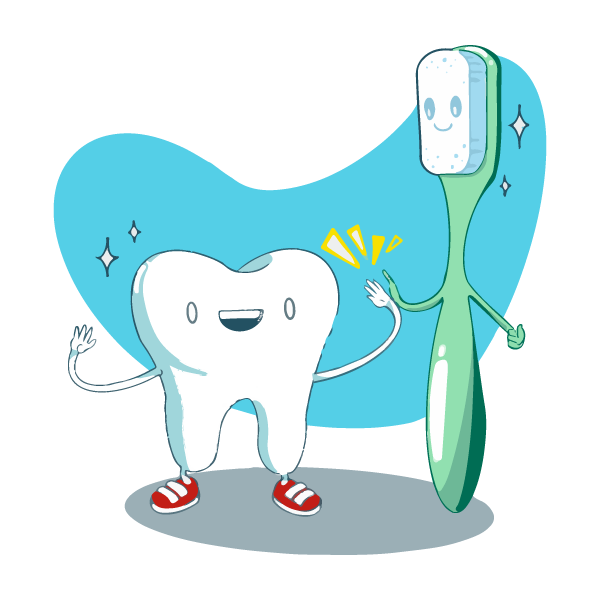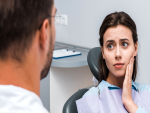When caring for our teeth, brushing is often the foundation of our routine. Even if you think you know it all when it comes to toothbrushing, take a look at these common mistakes and see if you can improve your technique.

5 mistakes to avoid:
- Using the wrong toothbrush: Make sure you have a soft-bristled brush that allows you the best mobility. This means using a manual or electric toothbrush, depending on what’s easiest for you to use.
- Remember that toothbrushes should be replaced every three months or when the bristles become frayed.
- The size and shape of your toothbrush should fit inside your mouth easily and reach all of your teeth.
- It’s a good idea to look for the American Dental Association Seal of Approval on your brush to be sure it has been tested to be safe and effective.
- Not brushing often or long enough: Brush twice daily for two minutes. Don’t leave it to chance – set a timer and brush until it sounds.
- Brushing too hard or going back and forth: You do not need to apply a lot of force when brushing your teeth. Too much can actually damage your gums. You should brush lightly using small, circular motions with your toothbrush placed at 45 degrees to your gums. Make sure you clean the front, back, and top of your teeth.
- Forgetting to brush your tongue: This can cause bad breath. Be sure to clean all parts of the inside of your mouth – and add mouthwash for extra freshness.
- Making your gums bleed or not cleaning near the gum line: Brush the entire tooth without being so rough that you cause pain or bleeding at your gums. If your gums bleed each time you brush, tell your dentist, as this can be an early sign of gingivitis (gum disease).

If you need more help, ask the pros! Your dentist and their team can guide you in adjusting your routine to take the best care of your teeth. This is one of many reasons why it is important to schedule your dental checkup. Don’t wait for cavities or pain to visit the dentist and ask plenty of questions to make sure you are making the most of your toothbrushing time.
Sources:
This information in this post is for general educational purposes only and does not warrant or represent any information as related to health as specifically appropriate for you. It is not intended to be medical advice or replace the relationship that you have with your health care providers. You should always seek medical advice on any diagnosis or treatment from a qualified health care provider. The information is provided “as is” without any representations or warranties, express or implied.






